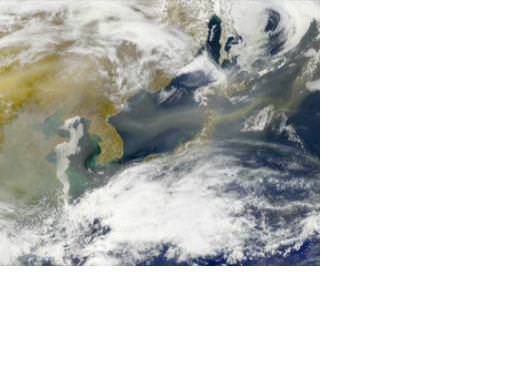[/caption] The science team for the Phoenix Lander was forced to curtail many of their activities over the weekend because of a regional dust storm that temporarily lowered the lander's solar power. But Phoenix weathered the storm well, and the team is back investigating the Red Planet's northern plains. The 37,000 square-kilometer storm (nearly 23,000 miles) moved west to east, and weakened considerably by the time it reached the lander on Saturday, Oct. 11. The science team was expecting the worst, so this tamer storm put the spacecraft in a better than expected situation, said Ray Arvidson of Washington University in St. Louis, the lead scientist for Phoenix's Robotic Arm.
The lander is now back to busily collecting samples and weather data, analyzing the soil samples, and conducting other activities before fall and winter stop Phoenix cold.
"Energy is becoming an issue, so we have to carefully budget our activities," Arvidson said.
The Phoenix team tracked the dust storm last week through images provided by the Mars Reconnaissance Orbiter's Mars Color Imager. The imager's team estimated that after the dust storm passed through Phoenix's landing site on Saturday, the dust would gradually decrease this week.
This dust storm is a harbinger of more wintry and volatile weather to come. As Martian late summer turns into fall, the Phoenix team anticipates more dust storms, frost in trenches, and water-ice clouds. They look forward to collecting data and documenting this "most interesting season," Arvidson said.
Source:
Phoenix News Site
 Universe Today
Universe Today
